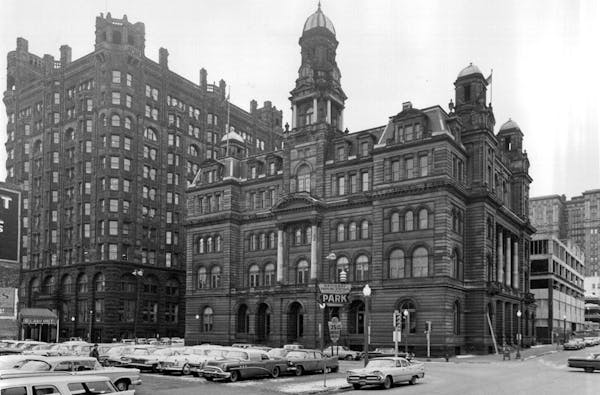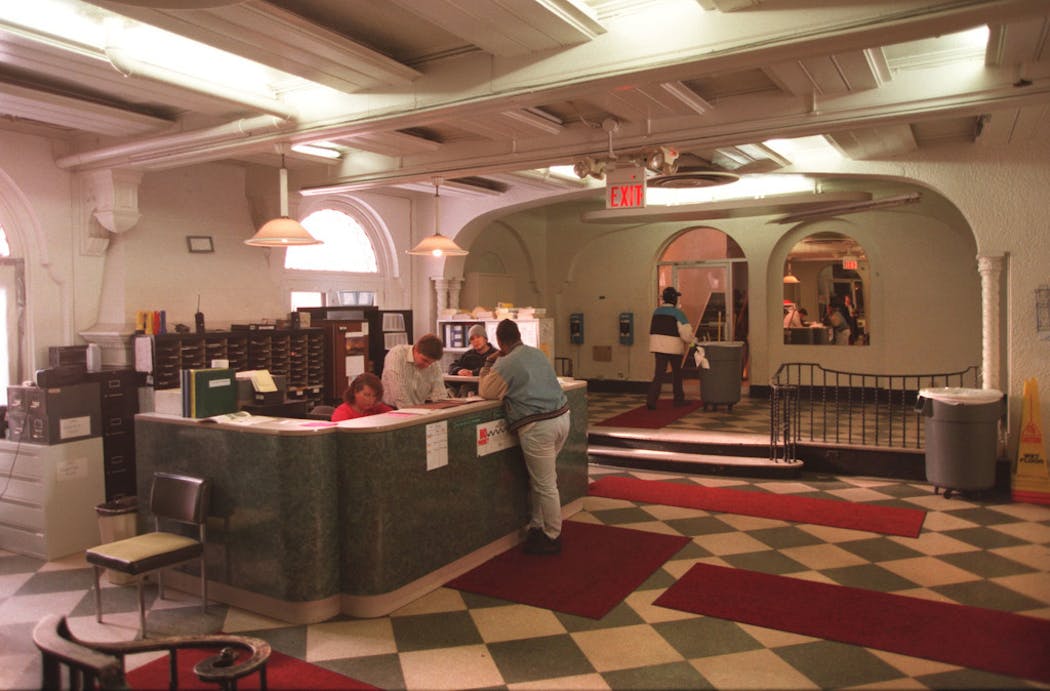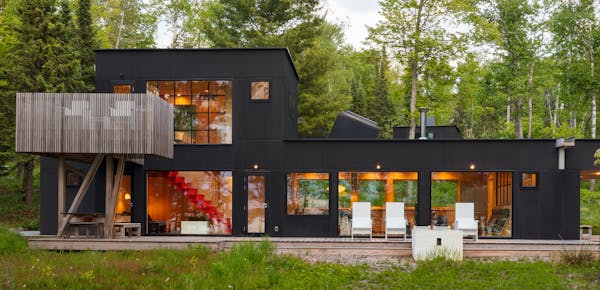Of all the tragedies and misfortunes that attended the demise of the Francis Drake Hotel in Minneapolis, the architectural loss is surely the smallest.
As historic hotels go, its design wasn't particularly notable, even in its day. And the modest Renaissance Revival building was dwarfed by the massive Nicollet Hotel, a grand hotel that opened in 1924 on Washington Avenue.
The Drake, at 10th Street and 5th Avenue S., wasn't in a fashionable neighborhood, like the Radisson, the Dyckman and the Andrews — all of which were bigger, fancier and located in the heart of the city.
It had a similar design to the Minnesotan (later known as the Ritz), another U-shaped structure with two wings flanking a courtyard, which maximized the number of windows and provided more natural light and nicer views. And both were built in the mid-1920s and were clad in red brick. But the Minnesotan was a story taller than the Drake and closer to the train stations.
Still, that didn't stop the owners of the Drake (known as a residential hotel) from singing its praises when it opened in 1926.
An ad in the Minneapolis Sunday Tribune invited visitors to stay at the Drake, promising "ultramodern" accommodations, including "Pullman kitchenettes" and "Furnishings include the most magnificent of overstuffed furniture."
Free vacuum cleaning service was offered along with fridges in every room, "thus relieving all guests of the annoyance of an outside ice supply."
The hotel cost "nearly One-Half Million Dollars," and was, the ad boasted, "a real object lesson from the standpoint of construction."
But the Drake did have something alluring: its name.
It's not known why the hotel got the name it did, but I have a theory.
Sir Francis Drake was an Elizabethan admiral, explorer and (to the Spanish) a pirate, said to have amassed a fortune in the late 1500s.
By the early 1900s, his name was still associated with nobility and great wealth. It later came to be associated with a series of long-running scams.
Thousands of people with the surname Drake, many in the Midwest, received letters from the Sir Francis Drake Association saying they might be eligible to inherit some of Drake's fortune (estimated at $22 billion), if they contributed to a legal fund to settle the estate, which was supposedly tied up in probate court.
Newspapers of the time were filled with stories about the potential windfall.
A Minneapolis Star story from 1924 said: "At least one Drake in Minneapolis refused today to get excited over the report that $66,000,000 of the estate of Sir Francis Drake was to be divided among 13 heirs."
The article interviewed several local Drakes who were not inclined to bid for the money. Other stories described the boon about to fall to Midwestern people who had made a serious claim to the riches.
When the hotel was being built, the name Drake suggested Old World ties and piles of money. A decade later, it was revealed to be an elaborate fraud.
The mastermind, Oscar Hartzell, was convicted of mail fraud in an Iowa court in 1934.
Despite its modest design and questionable name, the Drake outlasted all its contemporaries.
Whatever vogue it had upon opening, it slipped into second-tier status after a decade or two. A desultory renovation in the 1960s refreshed the cafe and added an anomalously modern, multicolored plastic archway over one entrance.
When the Drake caught fire on Christmas Day, we didn't lose great architecture. We lost an example of the everyday style of the era, the only one left standing downtown.
The people who lived there lost a lot more.



